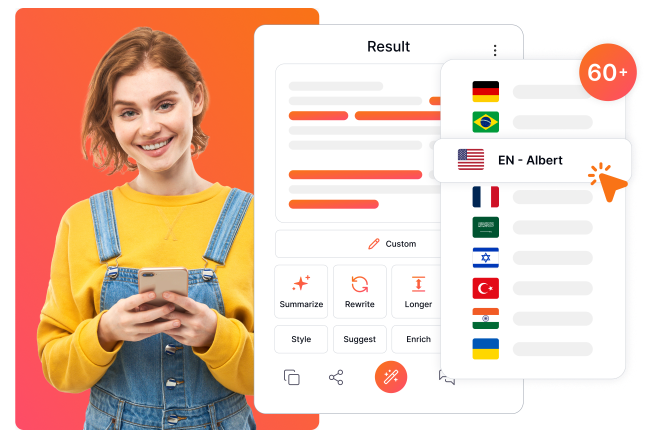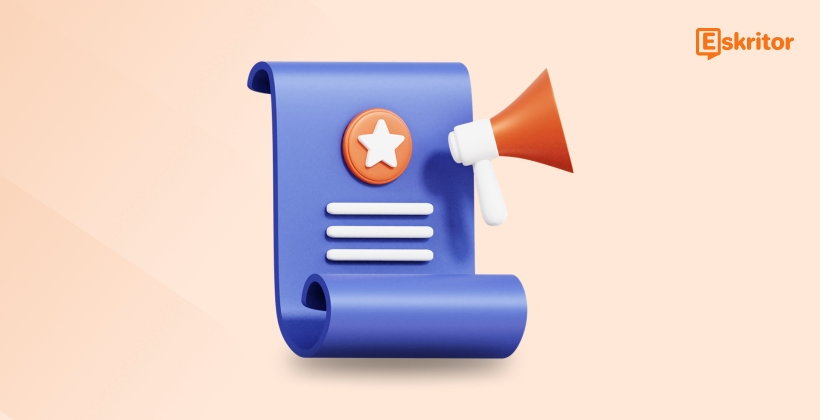The Future of AI Writing Technology Explained
The Future of AI Writing Technology Explained
Blog Article
AI Editing Features That Improve Your Writing Workflow
Synthetic intelligence (AI) publishing technology has evolved quickly within the last decade, reshaping just how we produce and communicate with prepared content. From syntax modification resources to AI-generated books, the number of choices seem limitless. But wherever precisely is that engineering heading? Let's discover the inventions, issues, and possible future of AI Editing.

How AI Writing Technology Performs Today
At their core, AI publishing engineering depends on Normal Language Control (NLP) and device learning. These technologies permit models to understand, produce, and increase individual language. Methods accessible today excel at tasks like:
1. Content Generation
AI has reached a spot where it can produce complete website articles, social media marketing sayings, and also information articles. Some designs are designed for mimicking individual writing designs so effectively that unique between AI- and human-written content has become significantly difficult.
2. Grammar and Design Suggestion
AI-powered publishing assistants don't just check for syntax and spelling errors; additionally they give recommendations to boost tone, quality, and syntax, making complicated publishing accessible to a wide audience.
3. Feeling Analysis
AI can consider the emotional tone of a bit, enabling businesses to evaluate how their communications will resonate with readers. This is especially of good use in advertising and customer interaction.
The Recent Trends in AI Writing Engineering
Several trends are surrounding the next stage of AI-powered writing resources:
• Personalization
AI writing engineering is increasingly effective at tailoring content to specific preferences. Models may conform to a user's publishing fashion, ensuring the result feels authentic.
• Multilingual Capabilities
Many AI resources are growing their international achieve by providing increased interpretation functions and support for multiple languages.
• Increased Research Characteristics
AI methods now possess the capability to analyze large levels of knowledge and provide fact-checked, well-researched writing in moments, simplifying the procedure for professionals in industries like law, fund, and journalism.
What the Potential Holds for AI Publishing Engineering
1. Improved Imagination
While current AI is successful at generating material, their creativity remains restricted to designs within their training data. Potential AI isn't only expected to assist but to create original, useful works that challenge individual imagination.
2. Seamless Collaboration
Imagine an AI that works along with you in real-time, performing your sentences, performing live edits, and also brainstorming ideas. AI writing methods may possibly soon become co-authors, enabling imagination to flow uninterrupted.
3. Moral and Available Design
With growing matter about plagiarism, misinformation, and bias, developers work toward more transparent AI instruction procedures and moral implementation. Future tools will likely offer more detailed details and methods to make certain accountability.
Difficulties and Criteria
The development of AI publishing technology isn't without hurdles, including:
• Ethical Dilemmas

Who owns content developed by AI? How can we guarantee AI-generated material is not distributing misinformation? These debates remain unresolved.
• Human-AI Balance
May AI match individual creativity or totally change certain roles? Many writers and musicians concern yourself with their relevance in a AI-driven world.
• Supply Divide
Not absolutely all agencies or regions have equal use of cutting-edge AI tools, raising questions concerning the affect of the technology on worldwide inequality.
Adjusting the Way We Write
AI publishing engineering is still in their infancy compared to their potential. Whether you are a student developing documents, a content marketer targeting specific audiences, or a author seeking enthusiasm, AI tools can continue to revolutionize the publishing process. The next decade promises breakthroughs that mixture human ingenuity with device intelligence, creating a potential wherever publishing is better, available, and impactful than ever before.
Report this page